Maybe not everyone thinks of pairing bird-watching with African-American history. Well, we do. And near Cambridge, Maryland, you can do just that.
We recently spent a spring day visiting the Harriet Tubman Underground Railroad National Historical Park in rural Dorchester County, Md., followed by a drive through Blackwater National Wildlife Refuge. The trip was about 60 miles from our home in Sussex County, Delaware, on two-lane roads past farm fields, marshes and tiny towns.
One of my educational goals is re-learning American history without the sanitizing filter we viewed it through in public school. So I was a little embarrassed to be only vaguely aware that Harriet Tubman lived as a slave and practiced her heroism in Delaware’s backyard. In fact, we live in the slave-holding portion of Delaware – one of three states that voted against Abraham Lincoln in 1864. While Delaware overall is a very blue state, the rural portion we live in is not.
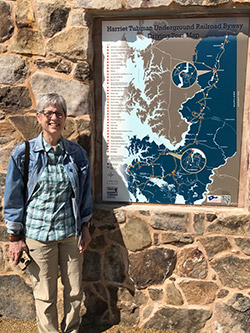 The Harriet Tubman Monument was created by President Obama under the Antiquities Act on March 25, 2013. The portion of the monument administered by the National Park Service was later designated a National Historical Park in 2014. The building we visited opened in 2017. It’s a peaceful setting and the staff were welcoming. We learned a lot by viewing the colorful, three-dimensional exhibits.
The Harriet Tubman Monument was created by President Obama under the Antiquities Act on March 25, 2013. The portion of the monument administered by the National Park Service was later designated a National Historical Park in 2014. The building we visited opened in 2017. It’s a peaceful setting and the staff were welcoming. We learned a lot by viewing the colorful, three-dimensional exhibits.
Harriet, born Araminta “Minty” Ross in 1820, is the Underground Railroad’s best known conductor. Before the Civil War, she repeatedly risked her life to guide nearly 70 enslaved people north to new lives of freedom. The historical park preserves the same landscapes that Tubman used to carry herself and others away from slavery. According to the park’s website:
“Changing her name to Harriet upon her marriage to freeman John Tubman in 1844, she escaped five years later when her enslaver died and she was to be sold. One hundred dollars was offered for her capture. Vowing to return to bring her family and friends to freedom, she spent the next ten years making about 13 trips into Maryland to rescue them. She also gave instructions to about 70 more who found their way to freedom independently.”
The Historical Park is a key stop on the Harriet Tubman Byway, a 125-mile drive that includes 36 designated sites in Caroline and Dorchester counties. The byway continues into Delaware, which has its own series of Underground Railroad sites and stops.
The gift shop featured her more recent biography, “Harriet Tubman: Bound for the Promised Land,” which I purchased. In this uncivil era, when groups of people including African-Americans are being dehumanized and scapegoated more freely and openly, this Historical Monument might be an appropriate place to take a teen-ager or just yourself for a little reflection and beautiful marsh scenery.
It is slim pickings for restaurants in the area. We drove another 20 minutes southwest to Upper Hooper Island to eat at Old Salty’s for lunch. The three islands which comprise Hooper’s Island are among those remote, gritty working-the-water places in the Chesapeake Bay where you feel as if you are driving off the face of the earth and back 200 years in time. It was worth the trip, but it was about 35 minutes back to Cambridge and US 50.
Blackwater National Wildlife Refuge


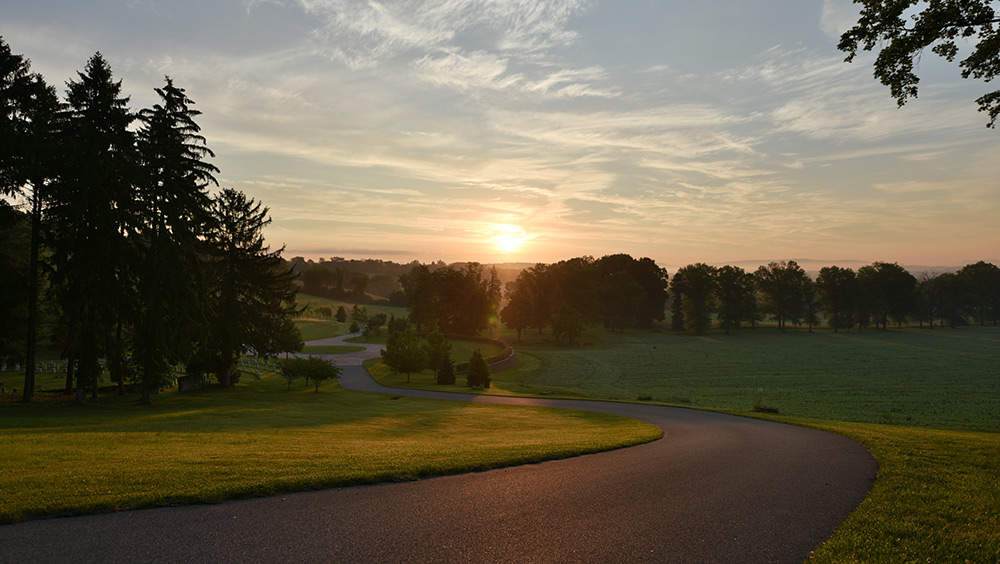
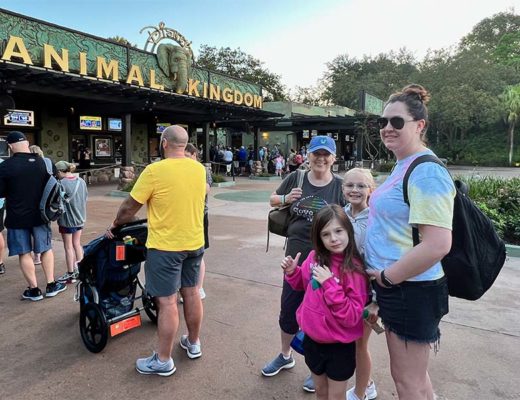
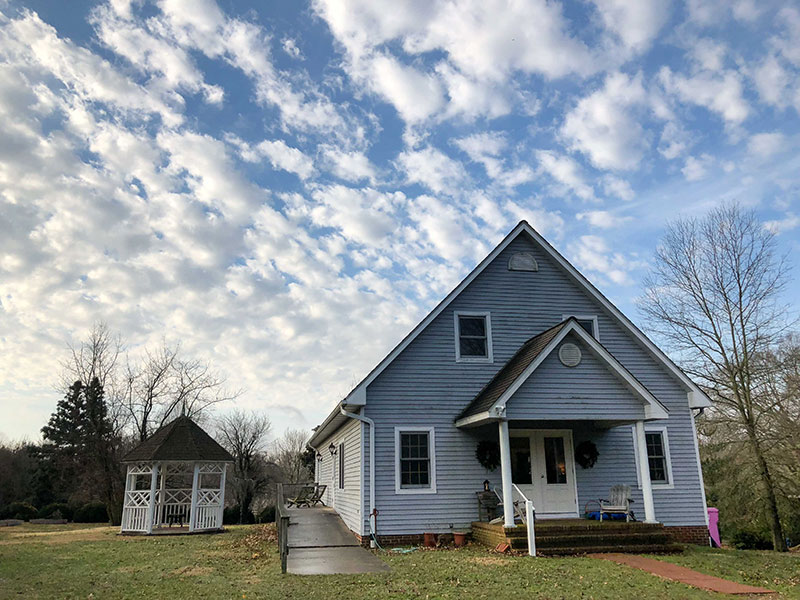
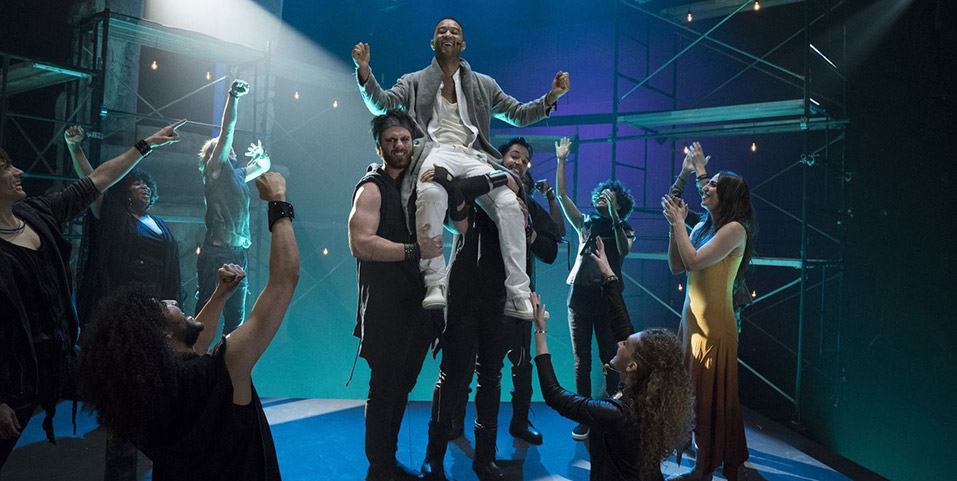

No Comments